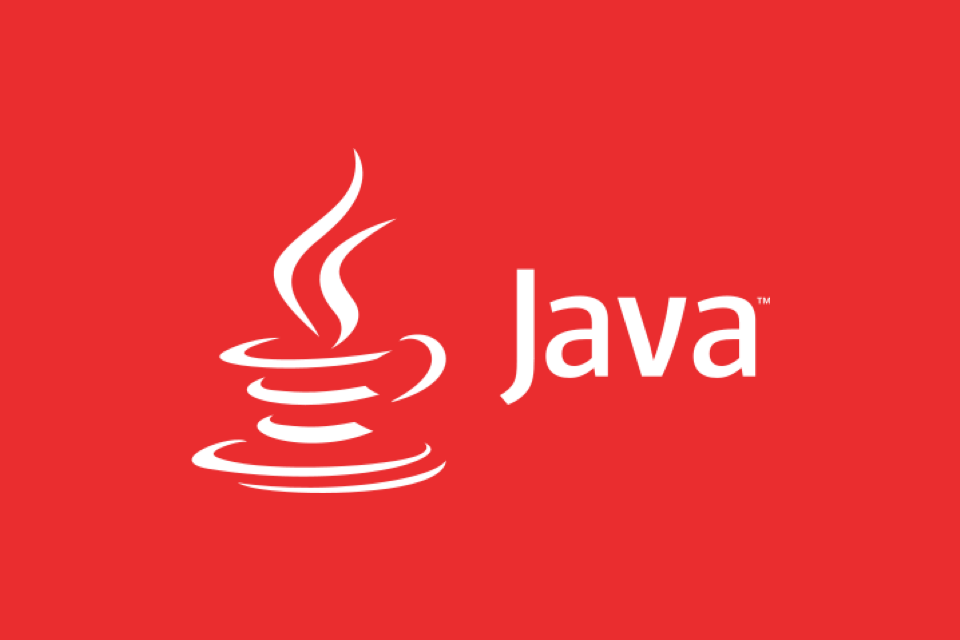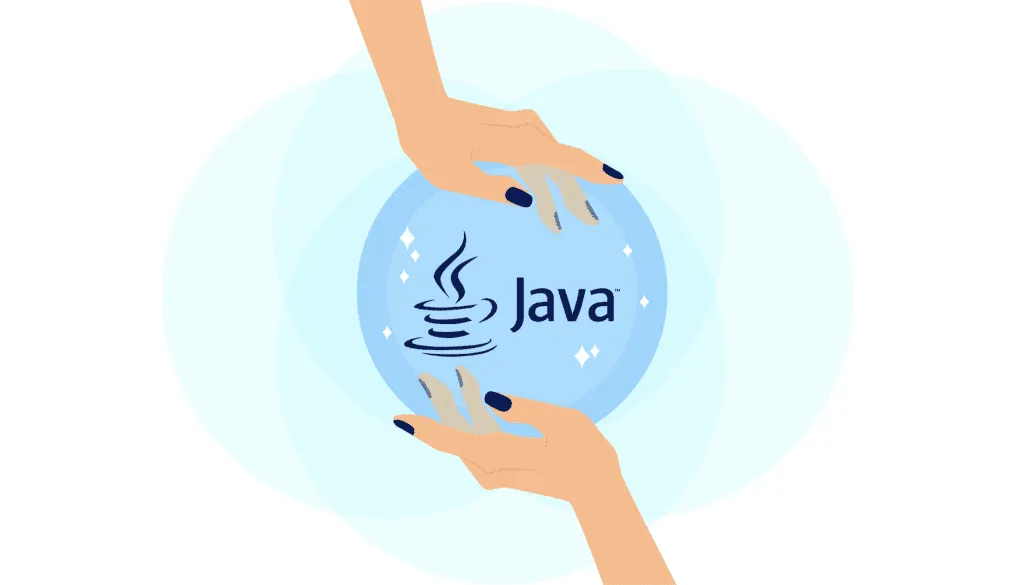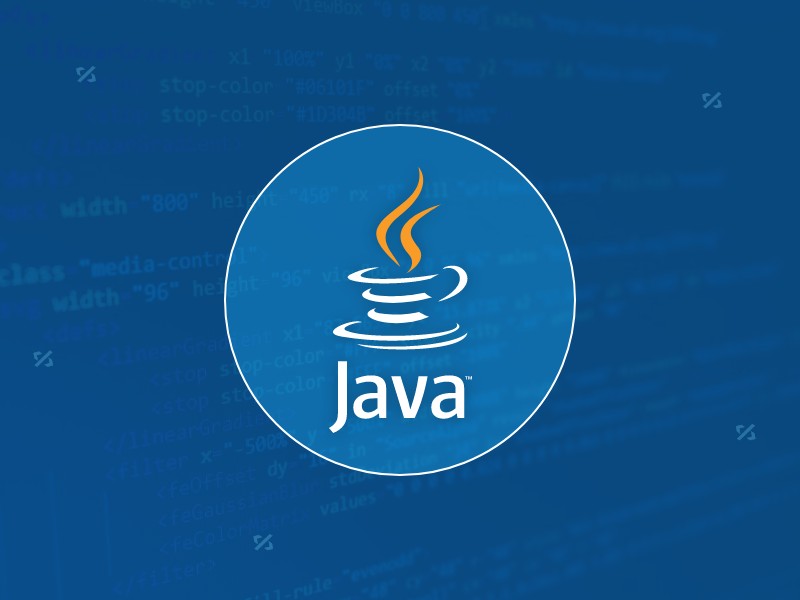Java's Future interface executes and obtains results through asynchronous tasks. Common methods include: 1. Submit a task to obtain a Future instance; 2. Call get() to block to obtain results or set a timeout to avoid blocking; 3. Cancel the task through cancel() and use isCancelled() to judge the status; 4. Catch Execution to handle exceptions; 5. Manually coordinate multiple Future merging results, but does not support chain operations.

Java's Future interface is a basic way to implement asynchronous operations, which allows us to start a task and get its results later. Although there are more modern alternatives such as CompletableFuture and responsive programming models now, using Future is still a simple and effective option in some projects, especially when maintaining old code or lightweight requirements.

Basic ways to create and use Future
In Java, the most common practice is to submit tasks through ExecutorService and obtain a Future instance. for example:

ExecutorService executor = Executors.newSingleThreadExecutor(); Future<String> future = executor.submit(() -> "Hello from async");
This way you start an asynchronous task, and you can then block and wait for the result to return by calling future.get() . It should be noted that once get() is called, the thread will be blocked until the task is completed. This should be taken care of in actual development to avoid affecting performance.
Common practices include:

- Use thread pools to manage multiple asynchronous tasks.
- Set the timeout time to prevent long-term blocking:
future.get(3, TimeUnit.SECONDS). - Call
future.cancel(true)when no results are needed to interrupt the task.
How to handle exceptions and cancel tasks
When using Future , an exception may be thrown during task execution, or you want to proactively cancel a task. At this time, you can handle it in the following ways:
- When calling
get(),ExecutionExceptionis caught, which contains the exception thrown by the task. - Use
isDone()to check whether the task is completed and then decide whether to continue waiting. - Call
cancel()method to try to cancel the task. After success, you can judge it byisCancelled().
For example, if your task is cancelled before it starts execution, get() will throw CancellationException . If an error occurs within the task, it will be wrapped as ExecutionException thrown.
Also, if the task is already running, calling cancel(true) will attempt to interrupt the thread. However, whether the interrupt can be successful depends on whether the task itself responds to the interrupt signal.
How to combine multiple Future tasks
Although Future itself does not support chained or combined operations, there are some tricks you can use to coordinate multiple asynchronous tasks:
- Use
FutureTaskto wrap tasks for easy life cycle control. - Write the logic manually and merge the results after multiple
Futureare completed. - In combination with
CountDownLatchorCyclicBarriercontrol the concurrency process.
For example, you need to get data from two different services, you can submit two tasks separately, and then call get() in turn to wait for the result:
Future<Integer> task1 = executor.submit(() -> fetchFromServiceA()); Future<Integer> task2 = executor.submit(() -> fetchFromServiceB()); int result = task1.get() task2.get();
Although this method is not flexible enough, it is sufficient for simple aggregation scenarios.
Basically that's it. Mastering the use of Future can help you better organize asynchronous logic in a multi-threaded environment. However, if the project allows it, it is recommended to turn to CompletableFuture or other more advanced concurrency tools to improve readability and maintainability.
The above is the detailed content of Using Java Future for Asynchronous Operations. For more information, please follow other related articles on the PHP Chinese website!

Hot AI Tools

Undress AI Tool
Undress images for free

Undresser.AI Undress
AI-powered app for creating realistic nude photos

AI Clothes Remover
Online AI tool for removing clothes from photos.

Clothoff.io
AI clothes remover

Video Face Swap
Swap faces in any video effortlessly with our completely free AI face swap tool!

Hot Article

Hot Tools

Notepad++7.3.1
Easy-to-use and free code editor

SublimeText3 Chinese version
Chinese version, very easy to use

Zend Studio 13.0.1
Powerful PHP integrated development environment

Dreamweaver CS6
Visual web development tools

SublimeText3 Mac version
God-level code editing software (SublimeText3)

Hot Topics
 Difference between HashMap and Hashtable?
Jun 24, 2025 pm 09:41 PM
Difference between HashMap and Hashtable?
Jun 24, 2025 pm 09:41 PM
The difference between HashMap and Hashtable is mainly reflected in thread safety, null value support and performance. 1. In terms of thread safety, Hashtable is thread-safe, and its methods are mostly synchronous methods, while HashMap does not perform synchronization processing, which is not thread-safe; 2. In terms of null value support, HashMap allows one null key and multiple null values, while Hashtable does not allow null keys or values, otherwise a NullPointerException will be thrown; 3. In terms of performance, HashMap is more efficient because there is no synchronization mechanism, and Hashtable has a low locking performance for each operation. It is recommended to use ConcurrentHashMap instead.
 What are static methods in interfaces?
Jun 24, 2025 pm 10:57 PM
What are static methods in interfaces?
Jun 24, 2025 pm 10:57 PM
StaticmethodsininterfaceswereintroducedinJava8toallowutilityfunctionswithintheinterfaceitself.BeforeJava8,suchfunctionsrequiredseparatehelperclasses,leadingtodisorganizedcode.Now,staticmethodsprovidethreekeybenefits:1)theyenableutilitymethodsdirectly
 How does JIT compiler optimize code?
Jun 24, 2025 pm 10:45 PM
How does JIT compiler optimize code?
Jun 24, 2025 pm 10:45 PM
The JIT compiler optimizes code through four methods: method inline, hot spot detection and compilation, type speculation and devirtualization, and redundant operation elimination. 1. Method inline reduces call overhead and inserts frequently called small methods directly into the call; 2. Hot spot detection and high-frequency code execution and centrally optimize it to save resources; 3. Type speculation collects runtime type information to achieve devirtualization calls, improving efficiency; 4. Redundant operations eliminate useless calculations and inspections based on operational data deletion, enhancing performance.
 What is an instance initializer block?
Jun 25, 2025 pm 12:21 PM
What is an instance initializer block?
Jun 25, 2025 pm 12:21 PM
Instance initialization blocks are used in Java to run initialization logic when creating objects, which are executed before the constructor. It is suitable for scenarios where multiple constructors share initialization code, complex field initialization, or anonymous class initialization scenarios. Unlike static initialization blocks, it is executed every time it is instantiated, while static initialization blocks only run once when the class is loaded.
 What is the Factory pattern?
Jun 24, 2025 pm 11:29 PM
What is the Factory pattern?
Jun 24, 2025 pm 11:29 PM
Factory mode is used to encapsulate object creation logic, making the code more flexible, easy to maintain, and loosely coupled. The core answer is: by centrally managing object creation logic, hiding implementation details, and supporting the creation of multiple related objects. The specific description is as follows: the factory mode handes object creation to a special factory class or method for processing, avoiding the use of newClass() directly; it is suitable for scenarios where multiple types of related objects are created, creation logic may change, and implementation details need to be hidden; for example, in the payment processor, Stripe, PayPal and other instances are created through factories; its implementation includes the object returned by the factory class based on input parameters, and all objects realize a common interface; common variants include simple factories, factory methods and abstract factories, which are suitable for different complexities.
 What is the `final` keyword for variables?
Jun 24, 2025 pm 07:29 PM
What is the `final` keyword for variables?
Jun 24, 2025 pm 07:29 PM
InJava,thefinalkeywordpreventsavariable’svaluefrombeingchangedafterassignment,butitsbehaviordiffersforprimitivesandobjectreferences.Forprimitivevariables,finalmakesthevalueconstant,asinfinalintMAX_SPEED=100;wherereassignmentcausesanerror.Forobjectref
 What is synchronization?
Jun 24, 2025 pm 08:21 PM
What is synchronization?
Jun 24, 2025 pm 08:21 PM
Synchronizationistheprocessofcoordinatingtwoormorethingstostayaligned,whetherdigitalorphysical.Intechnology,itensuresdataconsistencyacrossdevicesthroughcloudserviceslikeGoogleDriveandiCloud,keepingcontacts,calendarevents,andbookmarksupdated.Outsidete
 What is type casting?
Jun 24, 2025 pm 11:09 PM
What is type casting?
Jun 24, 2025 pm 11:09 PM
There are two types of conversion: implicit and explicit. 1. Implicit conversion occurs automatically, such as converting int to double; 2. Explicit conversion requires manual operation, such as using (int)myDouble. A case where type conversion is required includes processing user input, mathematical operations, or passing different types of values ??between functions. Issues that need to be noted are: turning floating-point numbers into integers will truncate the fractional part, turning large types into small types may lead to data loss, and some languages ??do not allow direct conversion of specific types. A proper understanding of language conversion rules helps avoid errors.






